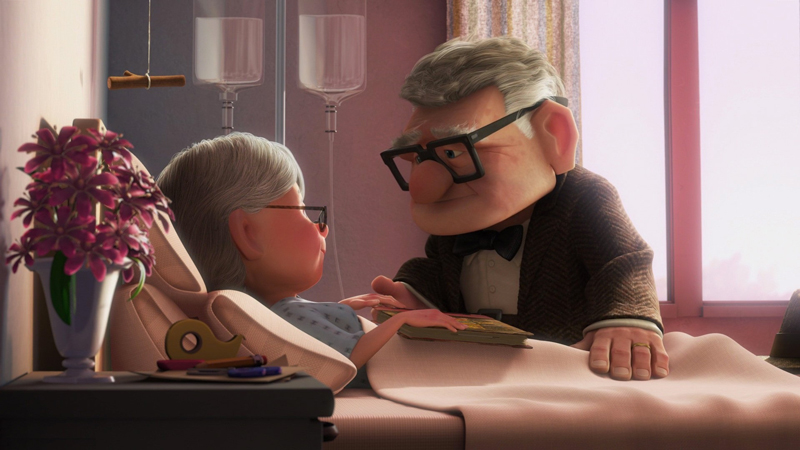Jojo The Rabbit: Love Beyond Belief
How many times have you wanted to watch a film with your family and uncertain which one to choose?
Of course, deciding one that fits everybody’s taste is not an easy task, but some stories make everyone agree. For example, the film Jojo The Rabbit, shown in theatres less than a year ago, and now available in home video.
Most films that deal with a dark and tragic period – like World War II – tend to take us into a clear cut divide between good and evil.
These are mostly dramatic films where evil is represented by the “villains”, those who have committed horrendous crimes, such as the Nazis. This movie manages to break away from this sort of scheme, lightheartedly showing us respect for others, tolerance, love beyond hurdles as universal principles to wish for.
This film takes place in 1945 Nazi Germany, close to collapse, and the story is told through the eyes of Johannes “Jojo” Betzler, a 10-year-old boy whose imaginary friend is a funny Adolf Hitler. Jojo has no news of his father, who has been fighting on the Front for two years. His sister has died of a severe flu, and his mother spends most of her time away from home.
He grew up with the myth of Hitler, in blind loyalty to the Regime, and under the belief that Jews are strange and evil creatures. He is a fervent mini-Nazi, perfectly integrated into Hitler Youth, who has sworn to devote all his strength and energy to the savior of his homeland.
It’s as if little Jojo’s fate was already fixed: growing up in a climate of violence and hatred towards others (which for him are normal), Jojo can never change!
But, on the occasion of one of the “fantastic training weekends,” where soldiers similar to Scout leaders teach kids to “have fun,” to the sound of “Heil, Hitler” and at launching of grenades, the boy’s innocent soul is revealed for the first time.
“Kill! Kill! Kill!” is shouted out around him in unison: older comrades order him to kill a rabbit, as a show of strength. Despite the pressure of his bully comrades, Jojo doesn’t give in; he refuses to kill the rabbit and tries to free it. He is humiliated, mocked and given the nickname “Rabbit.”
After a brief conversation with his imaginary friend, Hitler, he returns and throws a grenade without permission, to prove himself courageous, but the inexperienced throw does nothing but cause him injury. Forced into home recovery, he discovers that he is not alone in the house; Elsa is with him.
Elsa is an old classmate of his deceased sister’s. She is a little older than a teenager, loves drawing and poetry, but most importantly is Jewish. A detail that little Jojo cannot underestimate.
Declared enemies, the two are forced to live together, she has to stay alive, and he has to protect his mother who he loves more than anything else.
The two find themselves spending time together, and soon love and friendship, stronger than racial hatred, will make their way into the boy’s soul.
Jojo and Elsa will help each other to overcome trying times until the boy’s brainwashing, embodied in his imaginary friend Adolf Hitler, disappears completely. Jojo’s awareness will drive him to literally kick his idol’s butt, opposing the Nazi nonsense with the value of poetry and friendship.
The thread of the whole plot is love. Different moments and different characters show us that good is stronger than evil, that friendship is a value that had be build up, and it is indispensable – but above all, that fear of the other is nothing but a big lie that is defeated with dialogue and openness.
In a lighthearted manner, this film teaches us what Nelson Mandela used to say: “No one is born hating another person because of the colour of his skin, or his background, or his religion. People must learn to hate, and if they can learn to hate, they can be taught to love, for love comes more naturally to the human heart than its opposite.”
The plot wasn’t really quick. Take some time with your family and enjoy the movie!















